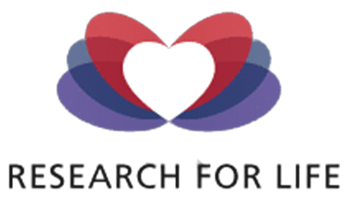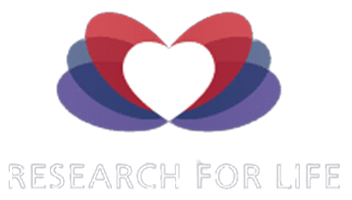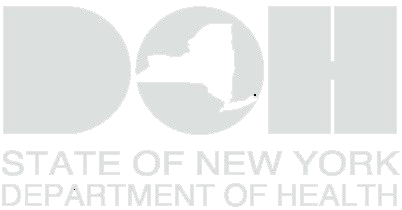
The Importance of Accreditation in the Whole Body Donor Industry
This video explores the differences between accreditation and non-accreditation and why it is important to choose an AATB-accredited organization when you are researching whole body donation.
Video Content: Research For Life CEO, Garland Shreves discusses the importance of accreditation in the whole body donor industry.
Facebook
Twitter
LinkedIn



